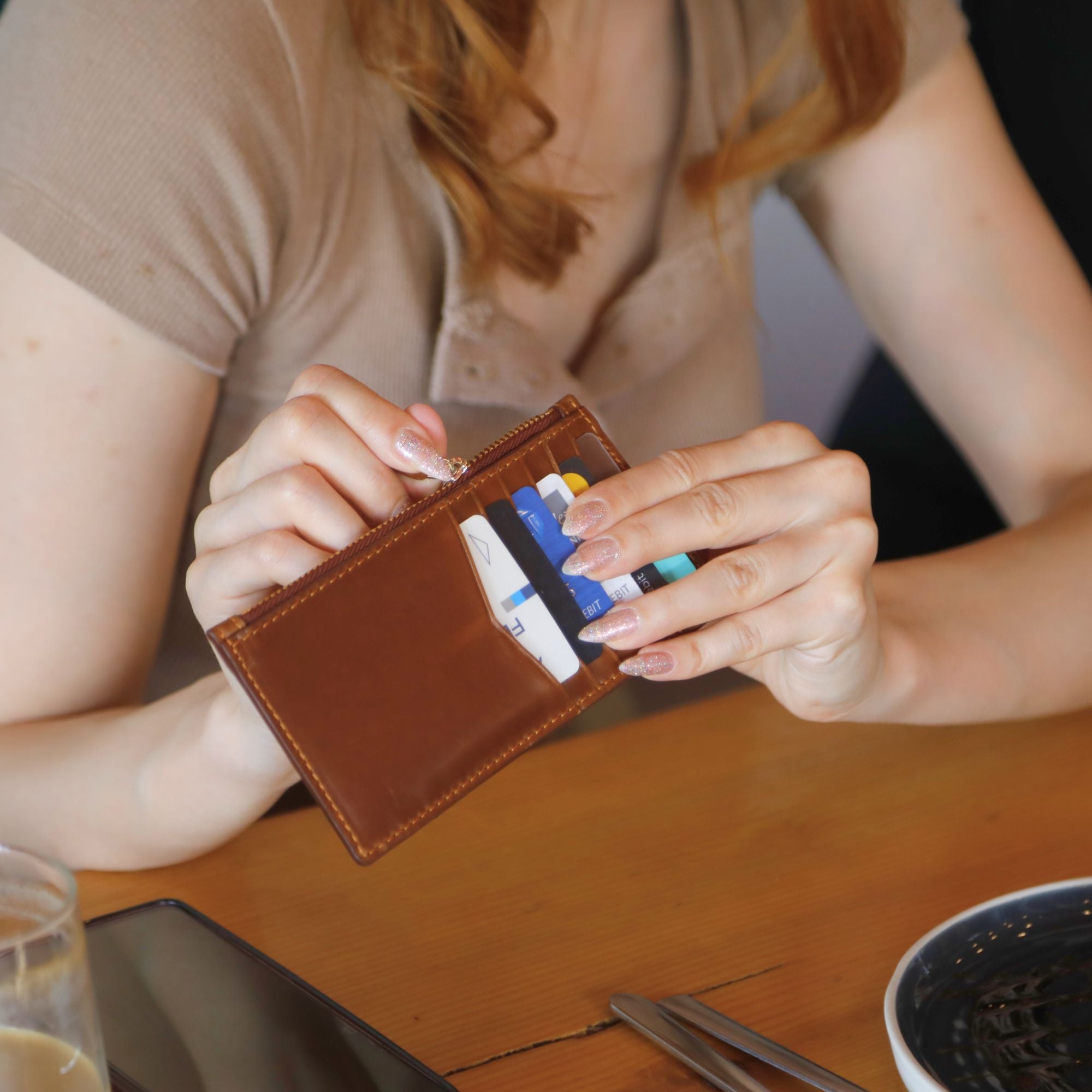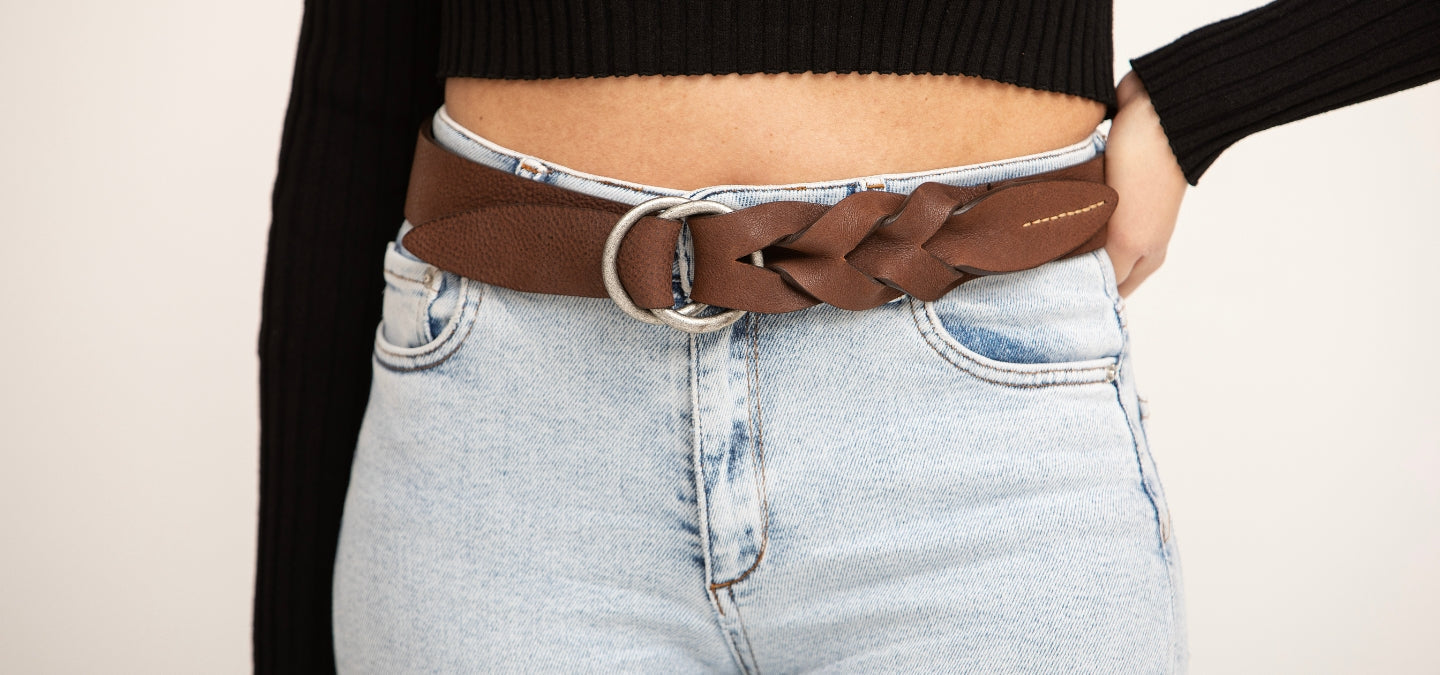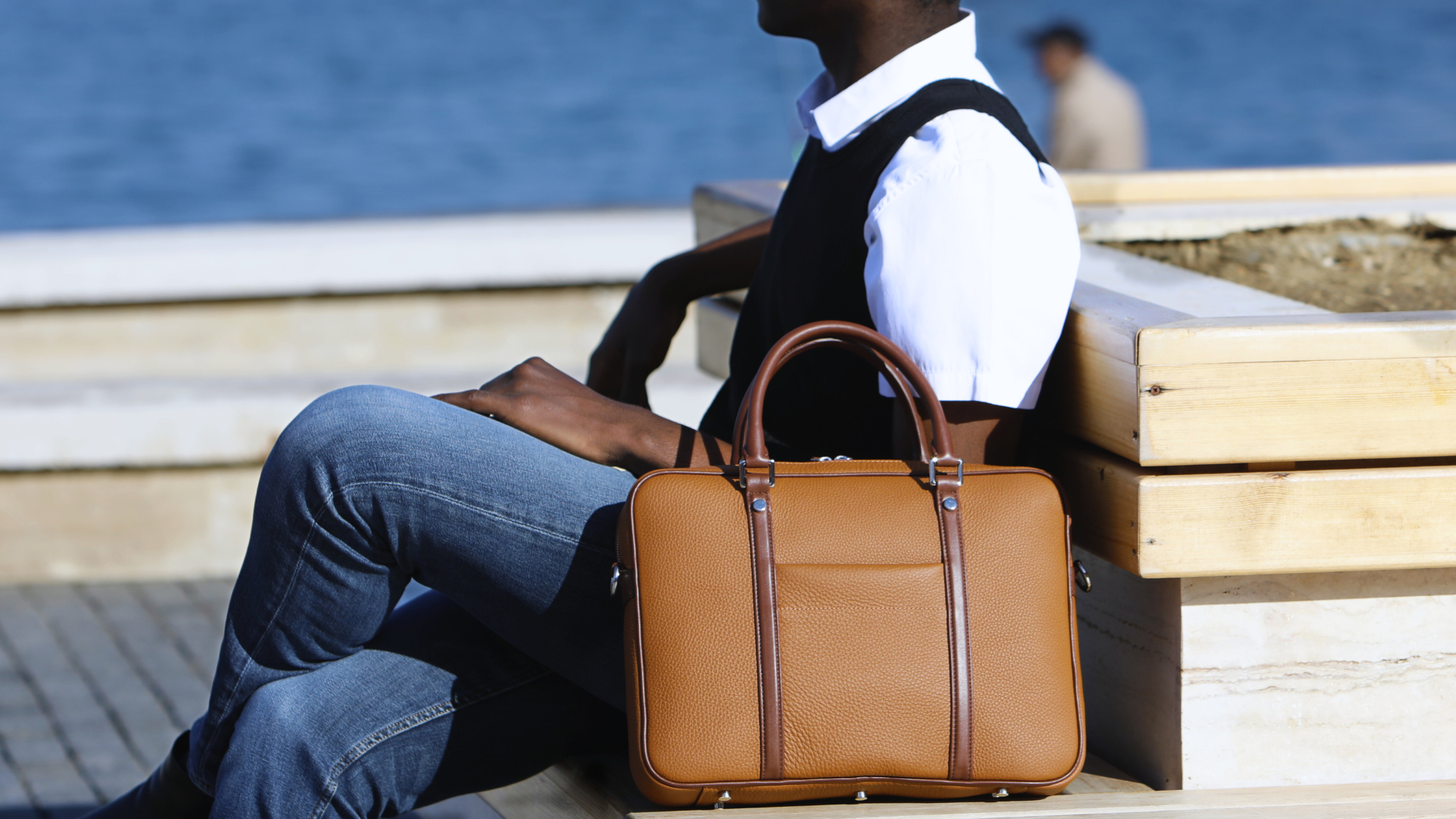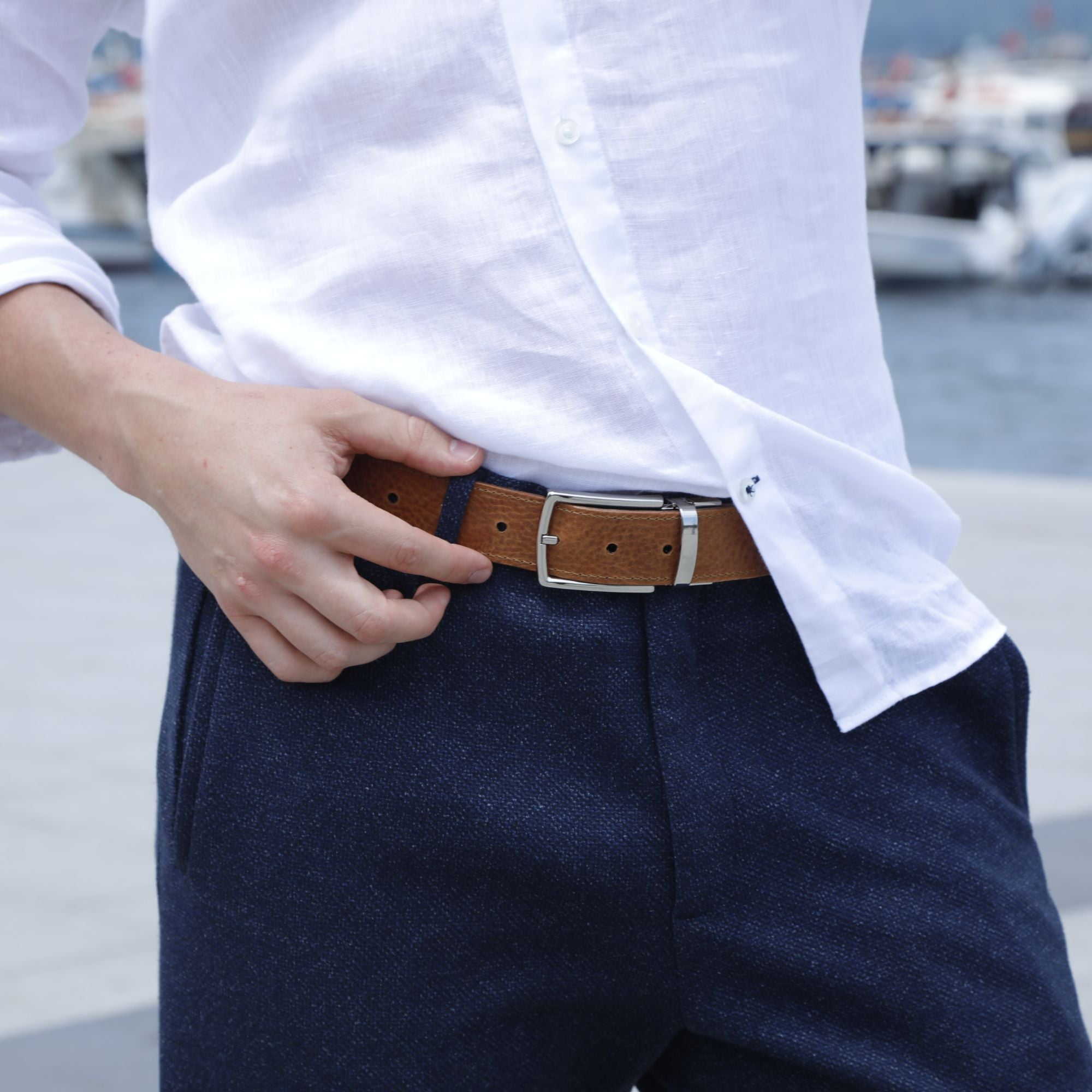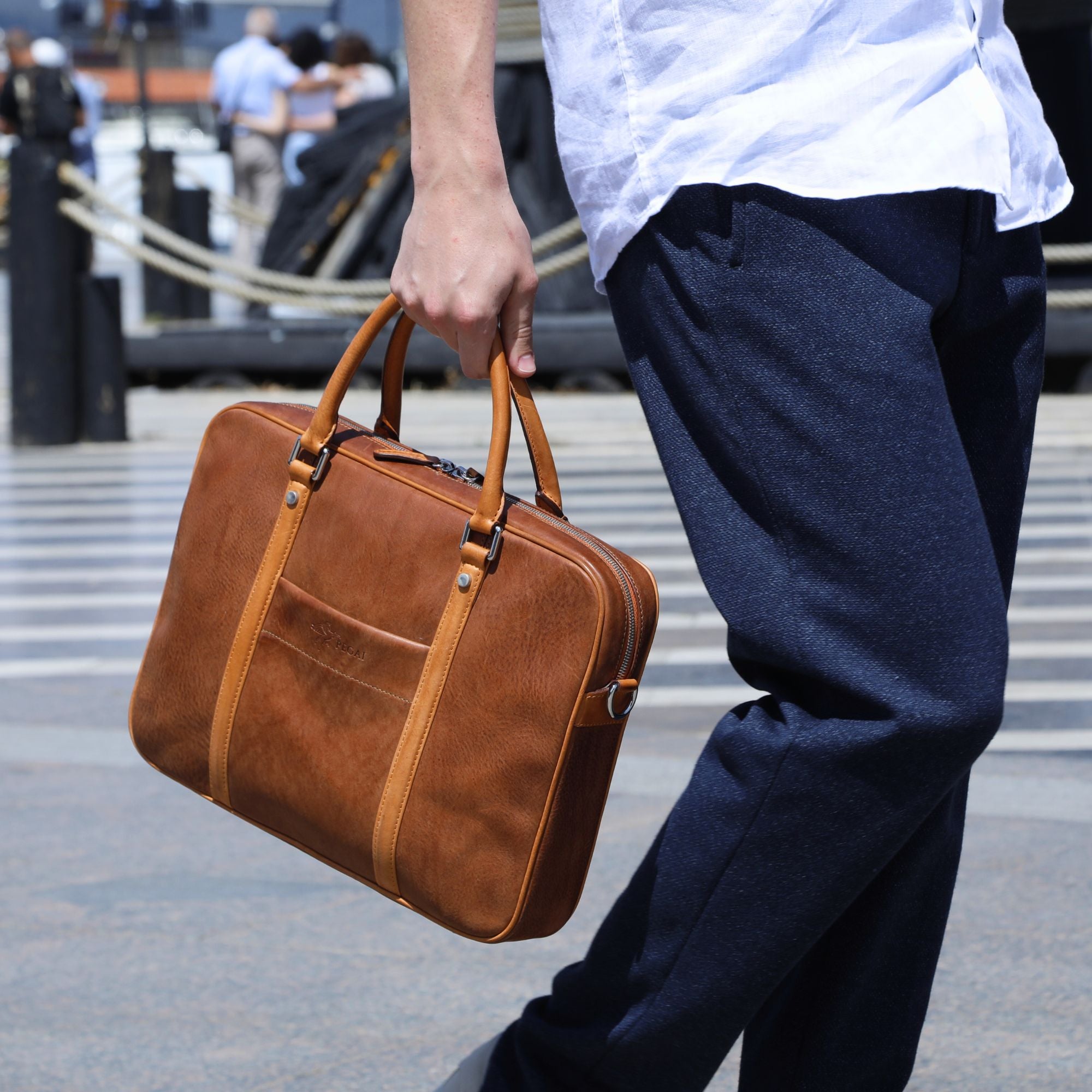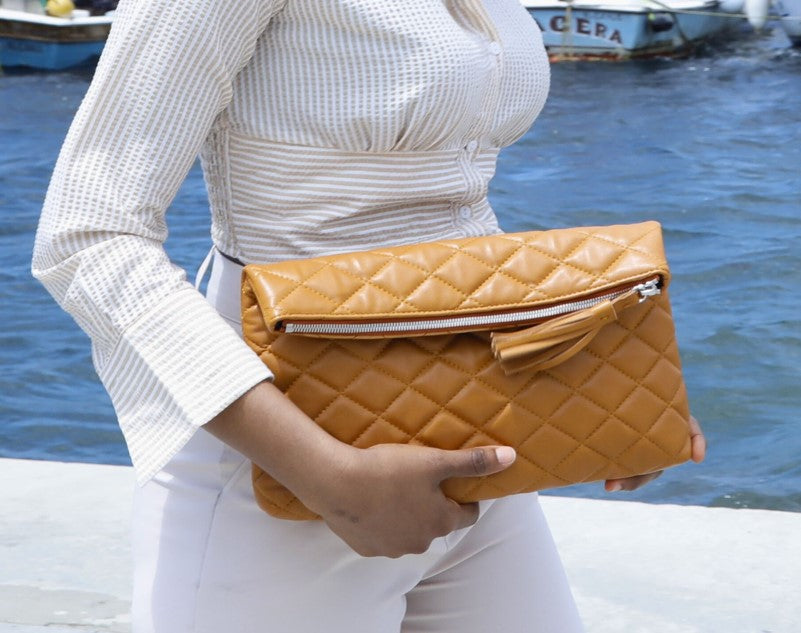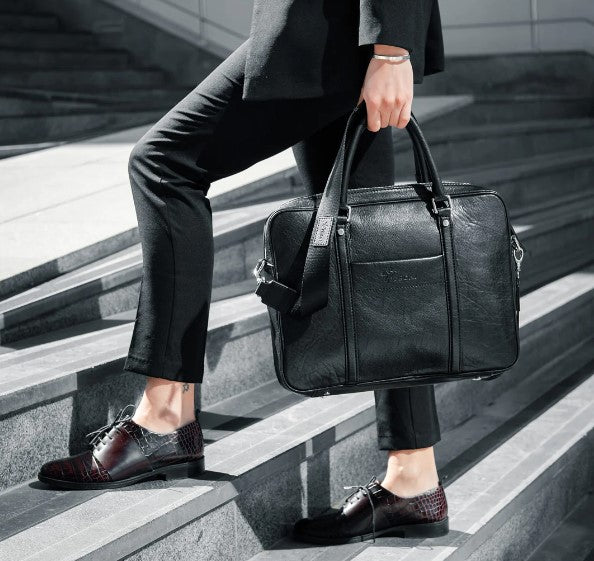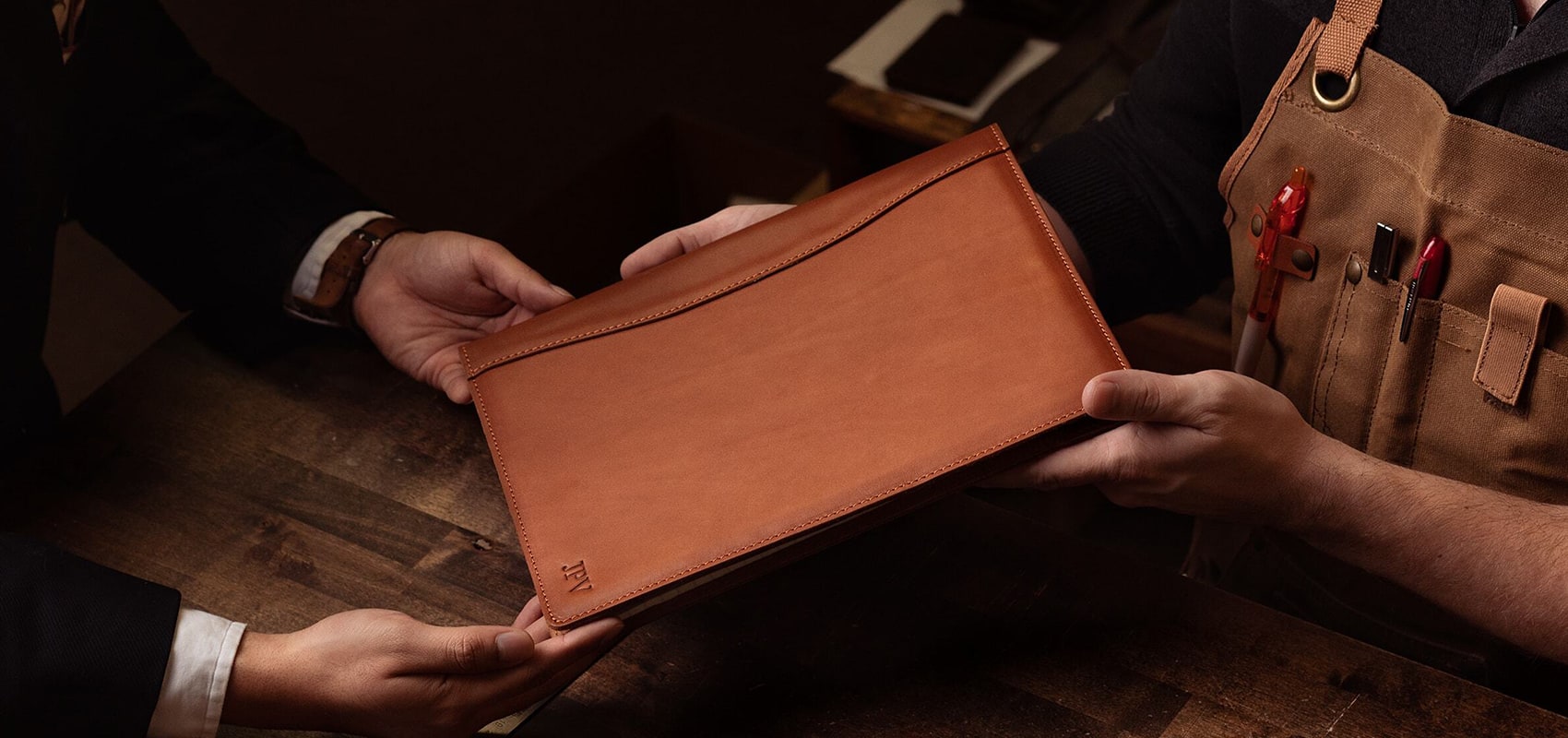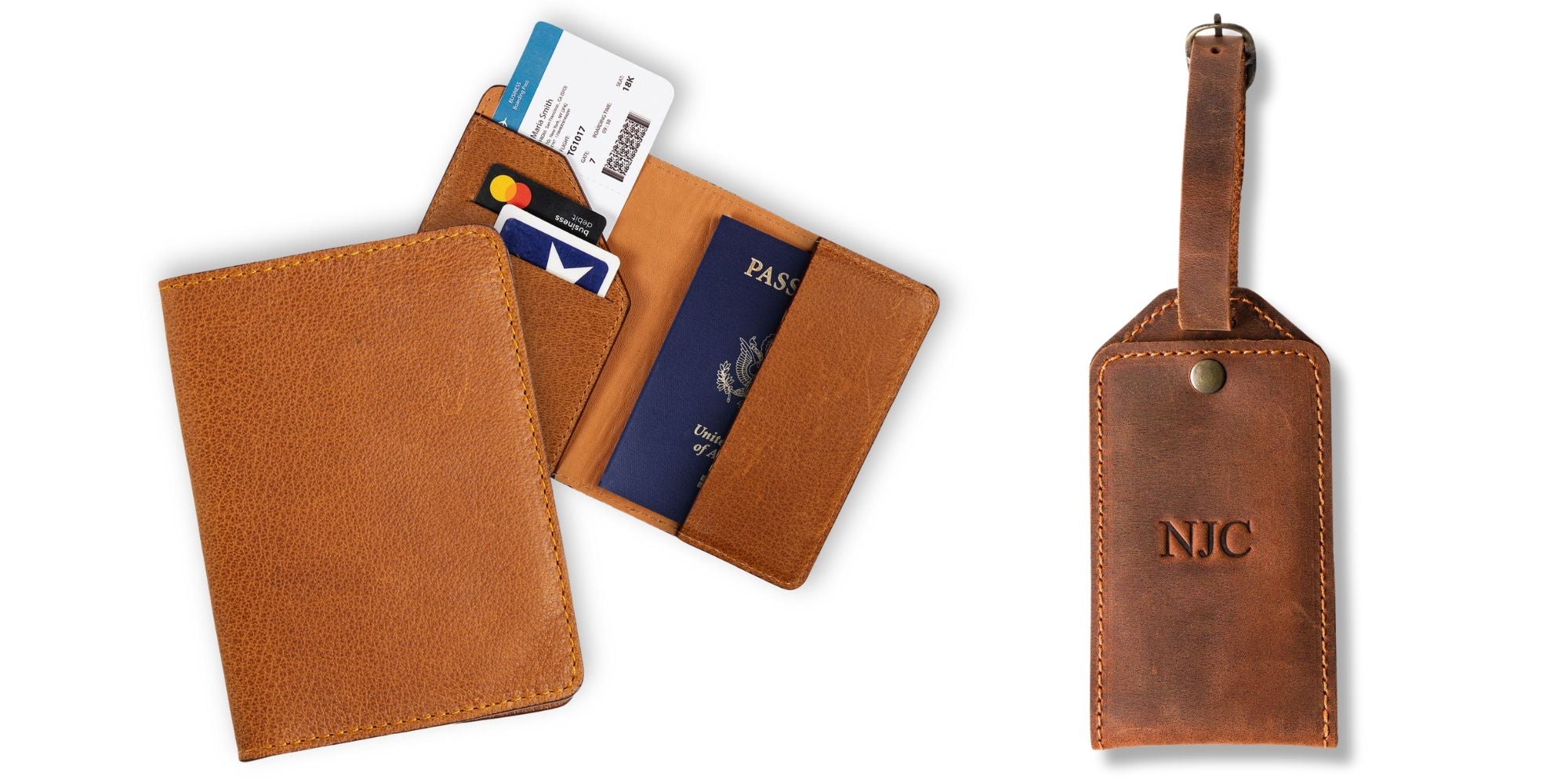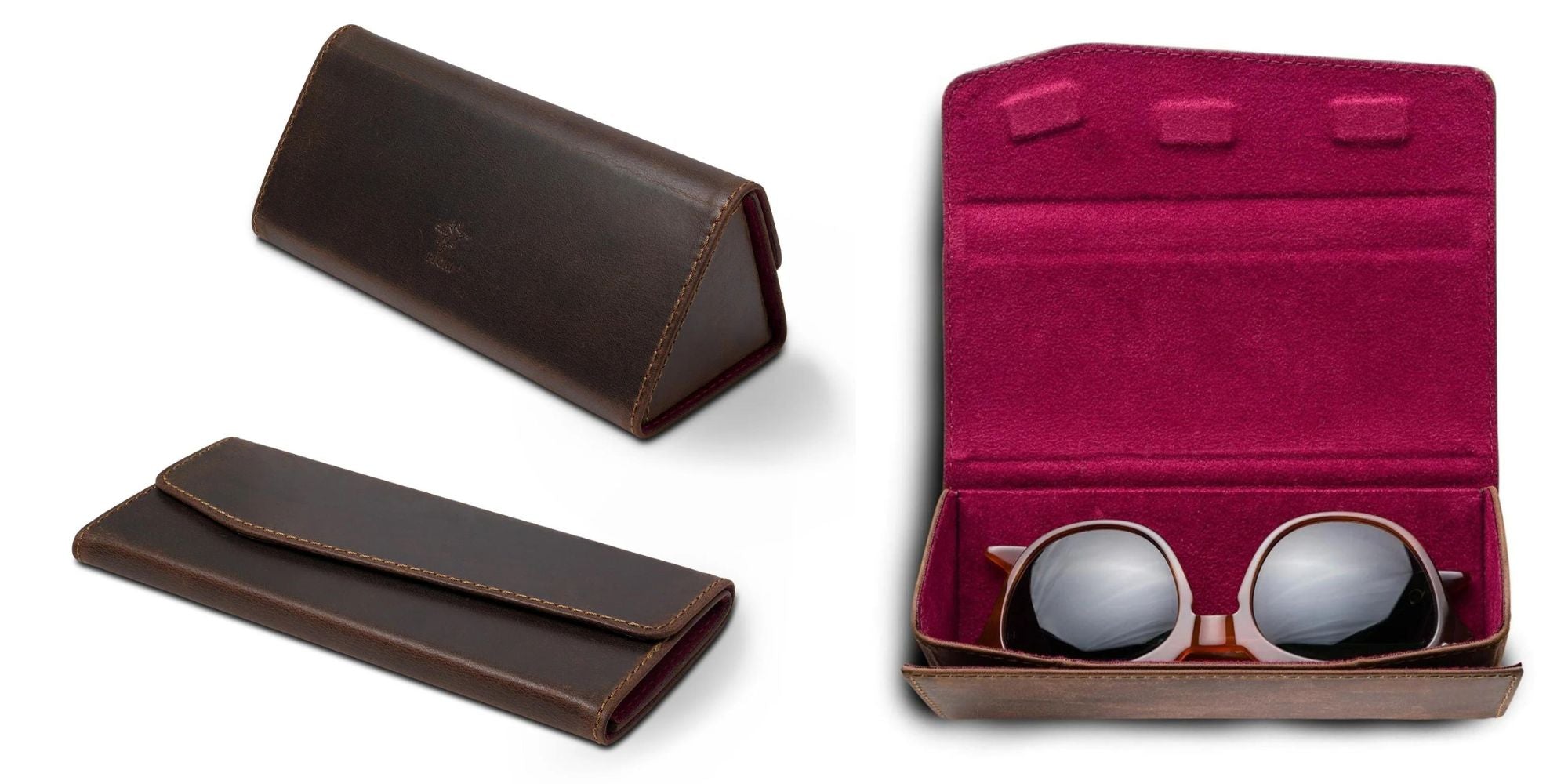Leather Care
Truly luxurious leather showcases its preserved grain characteristics. The vein marks, minor scratches, variations in color and grain marks are not defects, in fact they are the hallmark of true artisan grade leathers.
To ensure the the graceful aging and care of your leather craft, please refer to the guidelines below.
Cleaning Leather
- Always start by removing any loose dirt or dust from the surface of the leather using a soft brush or dry cloth.
- For minor stains, use a damp cloth with mild soap or a leather cleaner specifically designed for the type of leather you have. Apply the cleaner to the cloth (not directly to the leather) and gently rub the stained area. Let it dry naturally.
- Never use bleach, ammonia, acetone, or any harsh chemicals on leather as it can damage the leather's surface.
- Avoid soaking the leather in water, as it can cause the leather to become stiff and brittle.
Protecting Leather from Damage
- Keep leather away from direct sunlight and heat sources as it can dry out the leather and cause it to crack.
- Avoid exposing leather to extreme temperature changes as it can also cause damage.
- Avoid getting the leather wet. Wipe off excess water and dry as quickly as possible if it gets wet.
- Keep sharp objects and abrasive surfaces away from leather to avoid scratching or puncturing it.
Maintaining Leather's Appearance
Generally, we do NOT recommend the use of conditioners or third-party treatments as they may react negatively with the leather.
Waterproofing Agents: Apply in a discrete area (as an initial test) and follow the instructions on the chemical you have on hand.
Leather Conditioners: Although most leathers do NOT require any conditioning, you may apply it with caution if you desire to do so.
- Avoid applying any product to suede, nubuck, or crazy horse type distressed leathers as it can damage the texture of the leather.
Storing Leather Properly
- Store leather in a cool, dry place away from direct sunlight, heat sources, and humidity.
- Use a breathable cover, such as a cotton or muslin bag, to protect the leather from dust and dirt.
- Never store leather in plastic or vinyl bags, as it can trap moisture and cause the leather to become moldy and damaged.
- Keep leather away from direct contact with other materials, such as metal or wood, as it can cause discoloration and damage to the leather.
- Keep light or bright colored leathers away from other objects as color transfers may occur.





